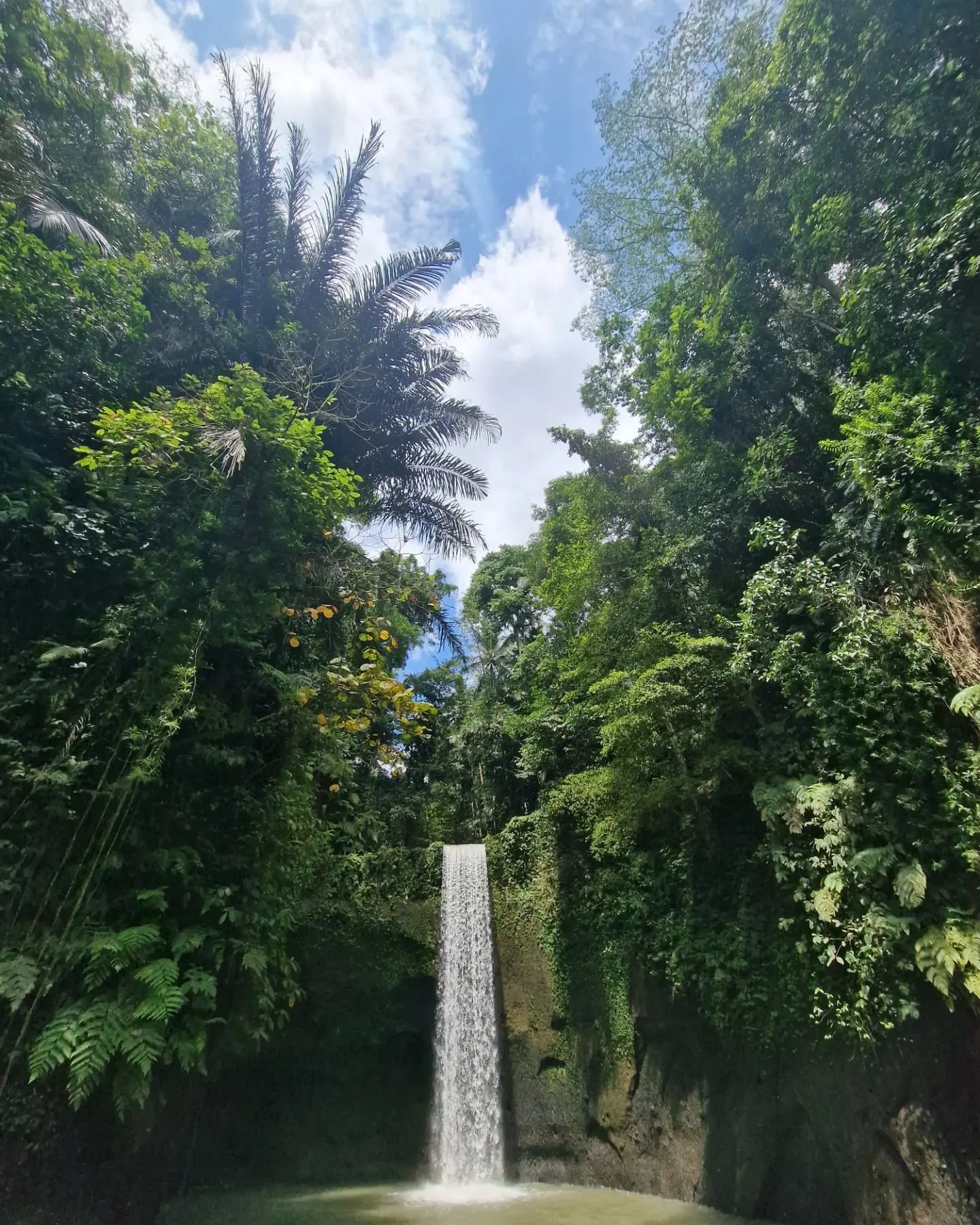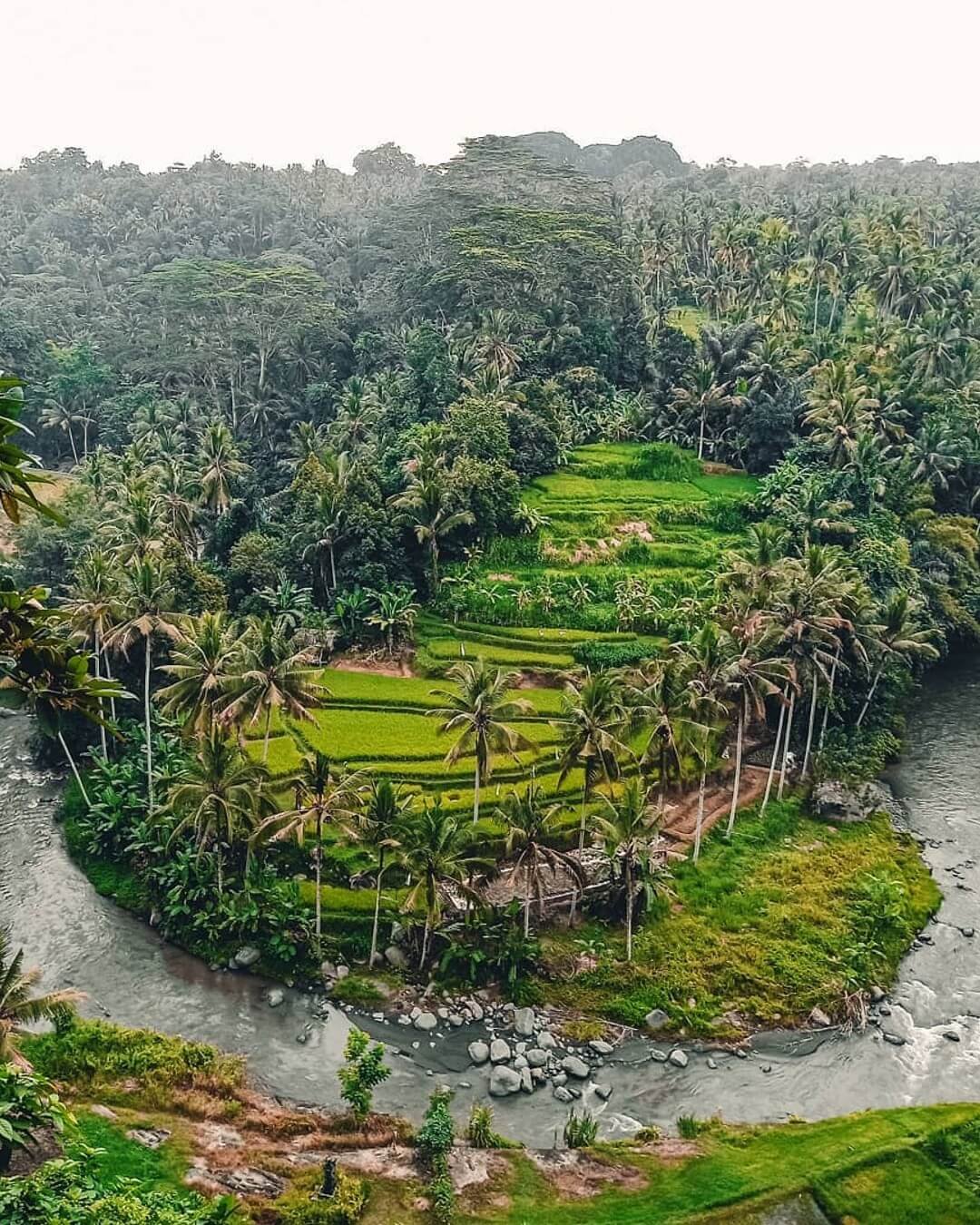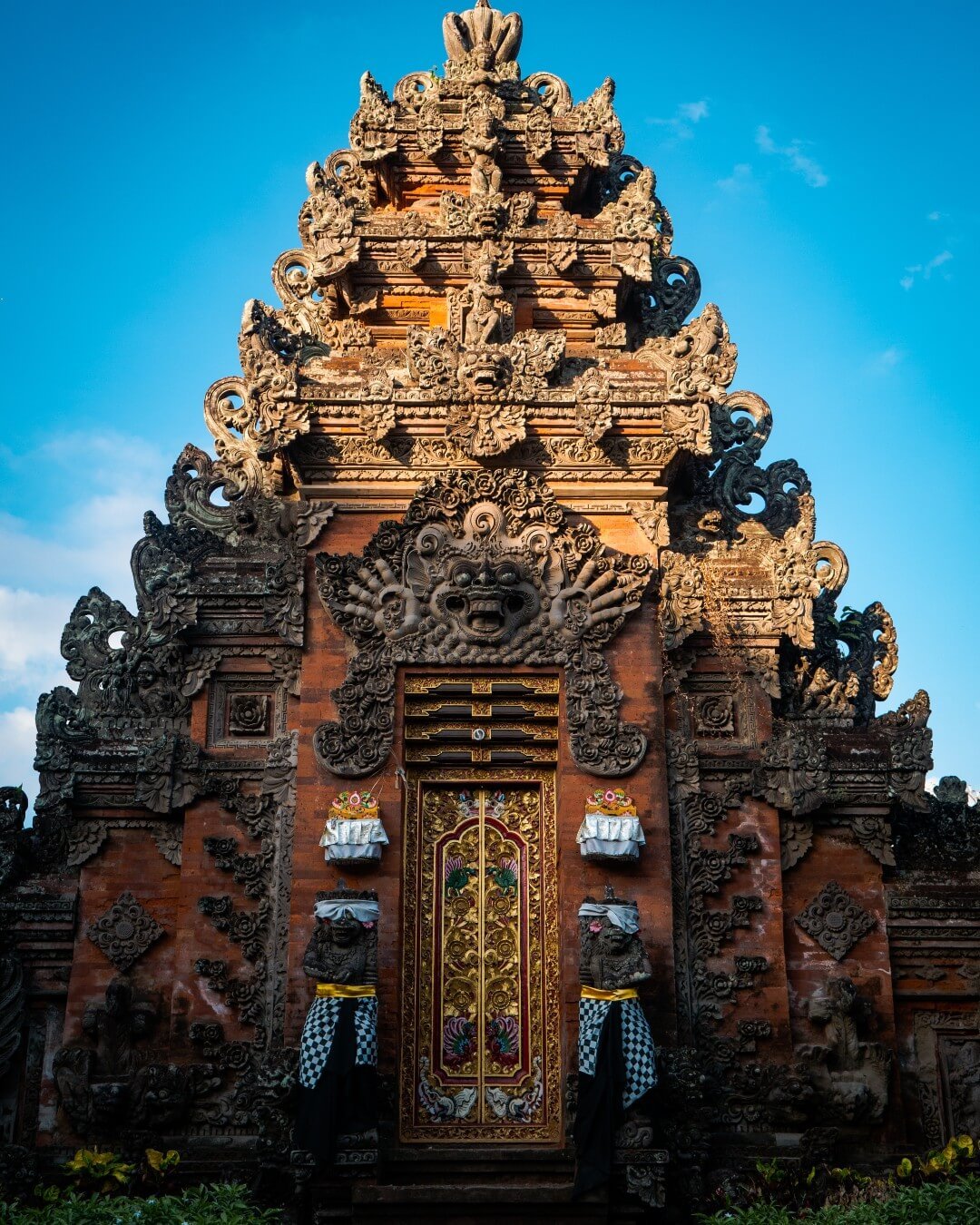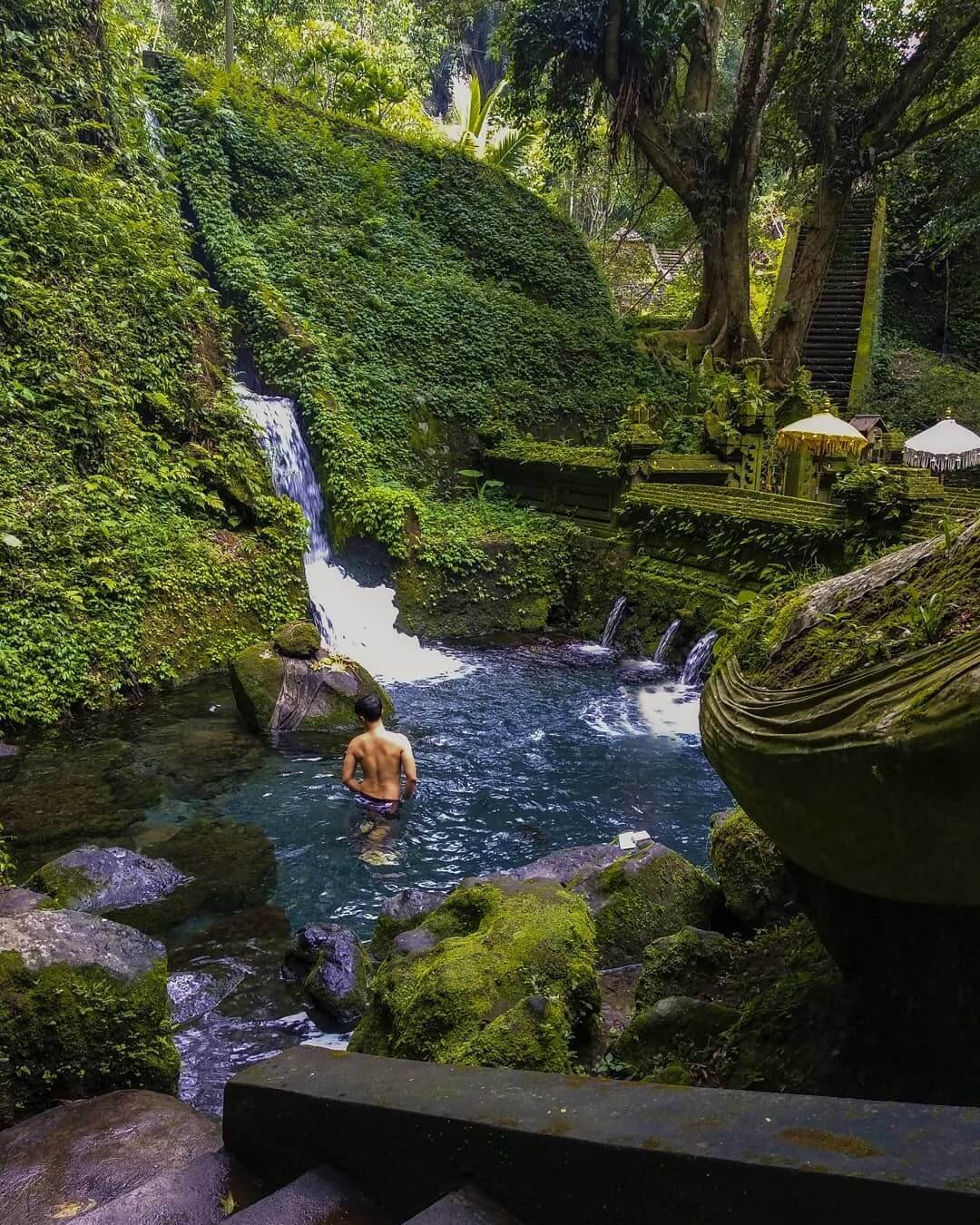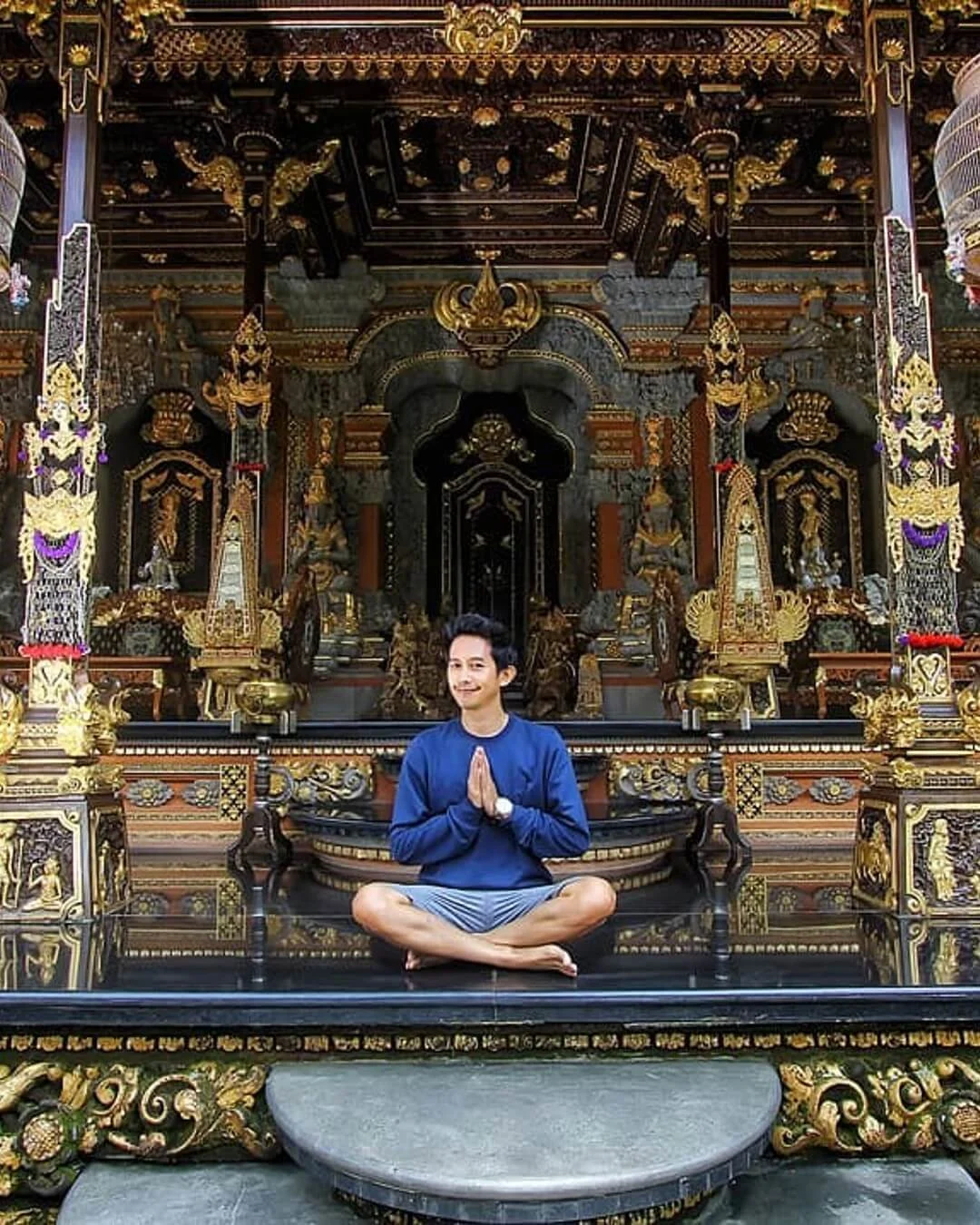Exploring the Royal Temple of Taman Ayan in Mengwi
Indonesian Name: Pura Taman Ayan
Taman Ayan Temple, Bali | Image: Monsieur Dezaleb
Table of Contents Show
Visit with a tour
Introduction
Located in Mengwi on the island of Bali, Indonesia, Taman Ayan Temple is a stunning and historic site that is a must-visit for anyone traveling to Bali. Built in the 17th century as a family temple of the Mengwi Empire, this temple was originally only accessible to the royals. Today, it is the third site recognized by UNESCO on the island of Bali and is open to visitors from all over the world.
Address
Jl. Raya Taman, Mengwi, Badung Regency, Bali, Indonesia. (See on Google Maps)
Location
Taman Ayan Temple is located in the Mengwi district of Bali, about an hour's drive from the capital city of Denpasar.
Address & Phone Number of Nearest Hospital for Emergency
The nearest hospital to Taman Ayan Temple is the BaliMed Hospital, located at Jl. Bypass Ngurah Rai No. 100X, Kuta, Badung Regency, Bali, Indonesia. The hospital's phone number is +62 361 761263.
Bali travel insurance will cover you for most accidents and emergencies and is highly recommended.
Three Key Reasons To Visit
1. The Royal History: As a former royal temple, Taman Ayan has a rich history and cultural significance that sets it apart from other temples in Bali. Visitors can learn about the Mengwi Empire and the role that this temple played in the kingdom's history.
2. The Stunning Architecture: Taman Ayan is a stunning architectural masterpiece, with its ornately decorated gates, walls, and shrines. Visitors can marvel at the intricate carvings and decorations that adorn the temple, which are a testament to the craftsmanship of the Balinese people.
3. The Spiritual Energy: Taman Ayan is a place of spiritual energy and tranquility, where visitors can feel the presence of the gods and goddesses that are worshipped there. It is a great place to connect with the island's rich cultural heritage and connect with the spiritual energy of Bali.
History, Myths and Legends
Taman Ayan Temple dates back to the 17th century and was originally built as a family temple of the Mengwi Empire. It was only accessible to the royals, who would come to the temple to pray and make offerings to the gods. In modern times, Taman Ayan has become a popular tourist destination and is the third site recognized by UNESCO on the island of Bali.
What To Expect When Visiting
When visiting Taman Ayan, visitors can expect to find a peaceful and serene atmosphere, with plenty of opportunities to explore the temple and learn about its history and cultural significance. Visitors are expected to dress modestly and remove their shoes before entering the temple grounds. There are also strict rules about taking photos, so it is important to follow the guidelines set by the temple authorities.
Interpretive Guide to Taman Ayun Temple
Taman Ayun, which translates to 'a beautiful garden', is a fitting name for this temple. It is surrounded by tiered shrines dedicated to various gods, a beautifully manicured foliage garden, thatched-roofed prayer huts, and canals. It is a place where people come to find peace and serenity.
The Taman Ayun Temple complex occupies an area of 100 x 250 m2 and is made up of four different courts. The first court, called the 'Jaba' or outer court, is only accessible through a single entrance via a bridge over the ponds. In the first inner court, there is a small guardian shrine and a large 'wantilan' hall that is often used by the local community for gatherings.
As you enter the second inner court, you will be greeted by a tall fountain and a large shelter adorned with ornamental features and reliefs depicting the nine gods who guard the cardinal directions.
The third inner court, known as the Utama Mandala, is the highest court and is considered the most sacred place. It is marked by the 'gelung door', an intricately ornamented gate that is only open during certain ceremonies.
Photo Opportunities and Tips
Taman Ayan offers a wealth of photo opportunities, with its stunning architecture and beautiful gardens. To capture the best shots, it is recommended to visit the temple during the golden hours of sunrise and sunset, when the light is at its most beautiful. It is also a good idea to bring a wide-angle lens to capture the full expanse of the temple grounds.
As with any temple we must remember it is a sacred place for worshipers and it is polite to ask before taking photos of Balinese who are attending the temple for ceremony - and most definitely the priests conducting those ceremonies. Your guide can assist in asking for permission and a small dination always goes a long way as well.
What Visitors Say They Liked About Visiting
Visitors to Taman Ayan consistently rave about the temple's beautiful architecture and peaceful atmosphere. Many also appreciate the opportunity to learn about the temple's history and cultural significance. The gardens are also a major draw for many visitors, who enjoy the chance to takein the beautiful greenery and flowers.
What Visitors Say They Did Not Like About Visiting
Some visitors to Taman Ayan have noted that the temple can be quite crowded and busy, especially during peak tourist season. It is also worth noting that the temple has strict rules about dress code and photography, which may be inconvenient for some visitors.
How Accessible is it for The Elderly, Children and Those With Mobility Issues?
Taman Ayan Temple is generally accessible for all ages and abilities, though there may be some areas that are more challenging for those with mobility issues. The temple grounds are relatively flat, but there are a number of steps that may be difficult for those with mobility issues to navigate. There are no wheelchair ramps or other accessibility features, so visitors with mobility issues may need some assistance to explore the temple.
Safety Tips When Visiting
As with any temple or sacred site, it is important to be mindful of safety when visiting Taman Ayan. Visitors are expected to dress modestly and respect the cultural norms of the temple. It is also advisable to stay hydrated and wear sunscreen to protect yourself from the sun's rays.
Typical Amount of Time to Allocate for a Visit
The typical amount of time to allocate for a visit to Taman Ayan is dependent on what you hope to see and do while there. If you are just looking to explore the temple and take in the natural surroundings, a half-day visit may be sufficient. However, if you want to learn more about the temple's history and cultural significance, it is recommended to allow for a full day visit.
Food and Drink Options Nearby
There are several food and drink options available near Taman Ayan Temple, including local warungs (food stalls) serving traditional Indonesian dishes and drinks. There are also a few small restaurants and cafes located near the temple, offering a range of international and local cuisine. It is recommended to bring your own water, as there may not be many water vendors in the area.
Conclusion
Taman Ayan Temple is a must-visit destination for anyone traveling to Bali, offering a unique and unforgettable experience. From its beautiful architecture and peaceful gardens to its rich history and cultural significance, this temple has something for everyone. Whether you are looking to explore the temple's history, connect with the spiritual energy of Bali, or simply take in the natural beauty of the island, Taman Ayan is a destination that should not be missed.
Another historical landmark that is located near Taman Ayan Temple that you may want to visit to learn more about the history of Bali and Indonesia is the Monumen Nasional Taman Pujaan Bangsa Margarana. This 17-meter tall monument was built in 1954 to commemorate the Puputan War Margarana, a war between the Dutch and the Ciung Wanara Battalion led by National Hero I Gusti Ngurah Rai. Inside the complex, there is a building that serves as a museum, storing various historical relics such as weapons, communication tools, and medical devices. If you are interested in learning more about the history of Bali and Indonesia, a visit to the Monumen Nasional Taman Pujaan Bangsa Margarana is a must.




